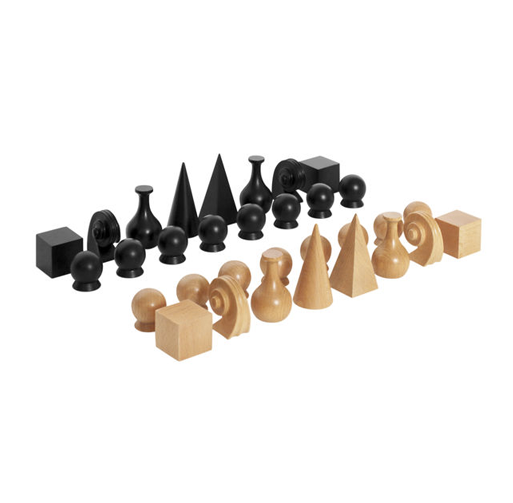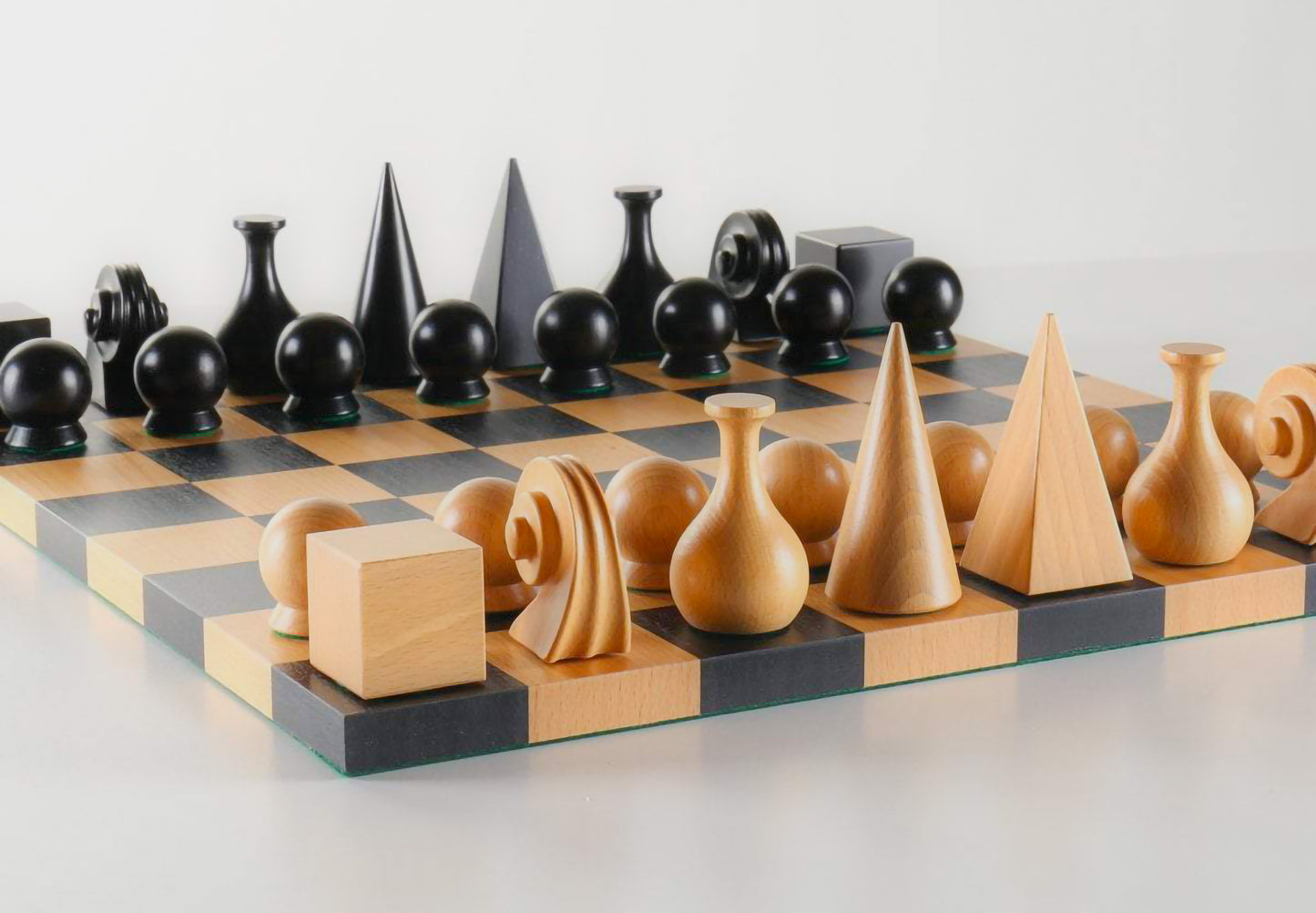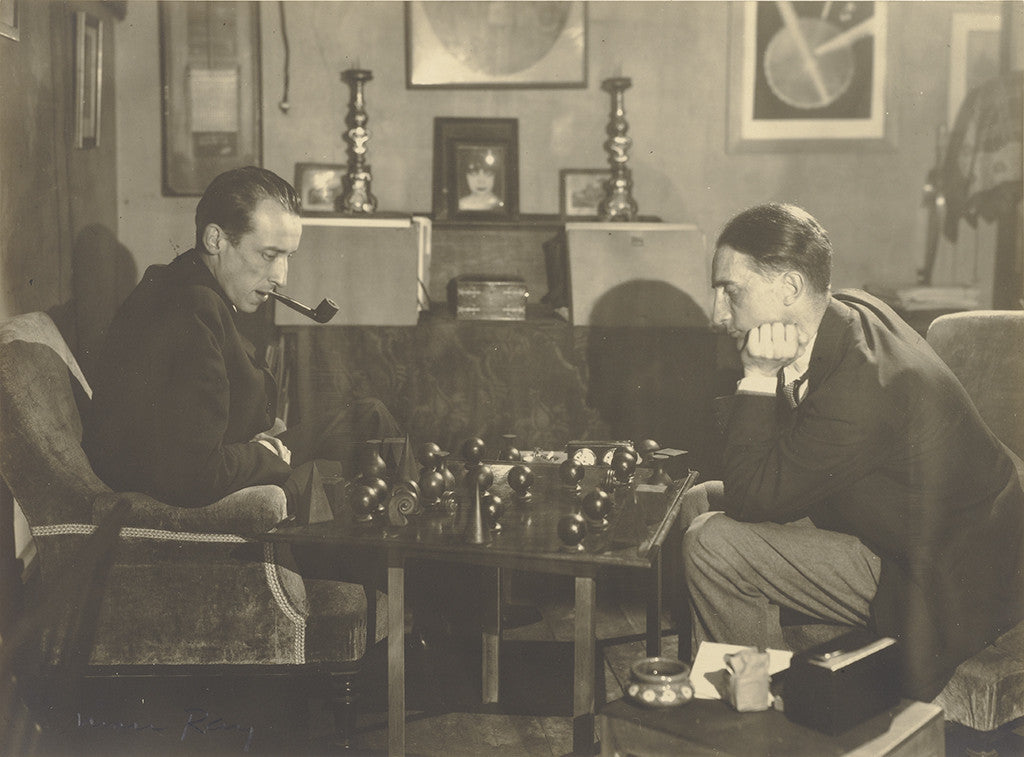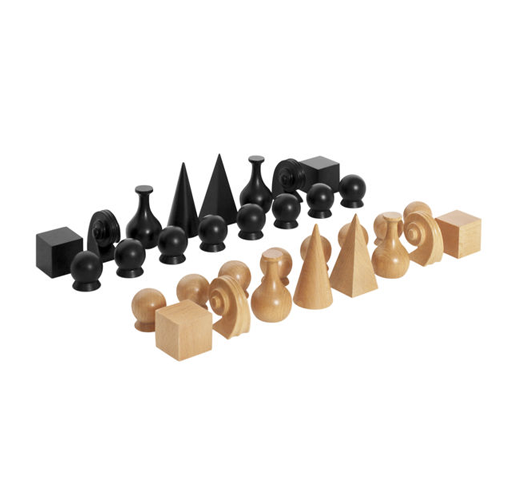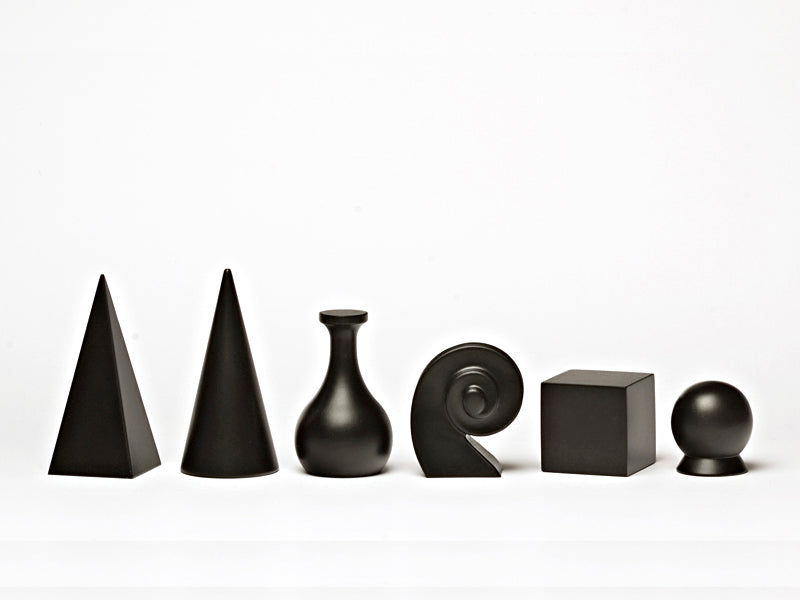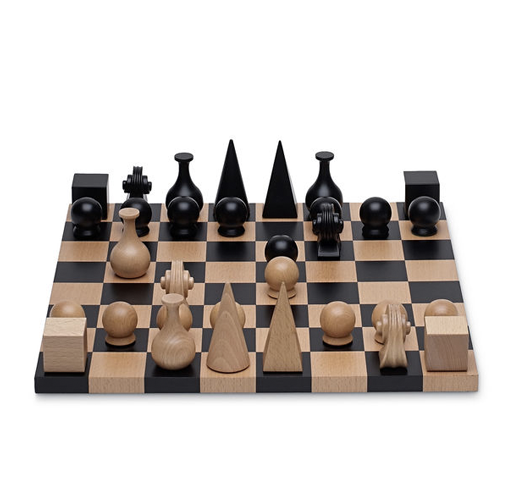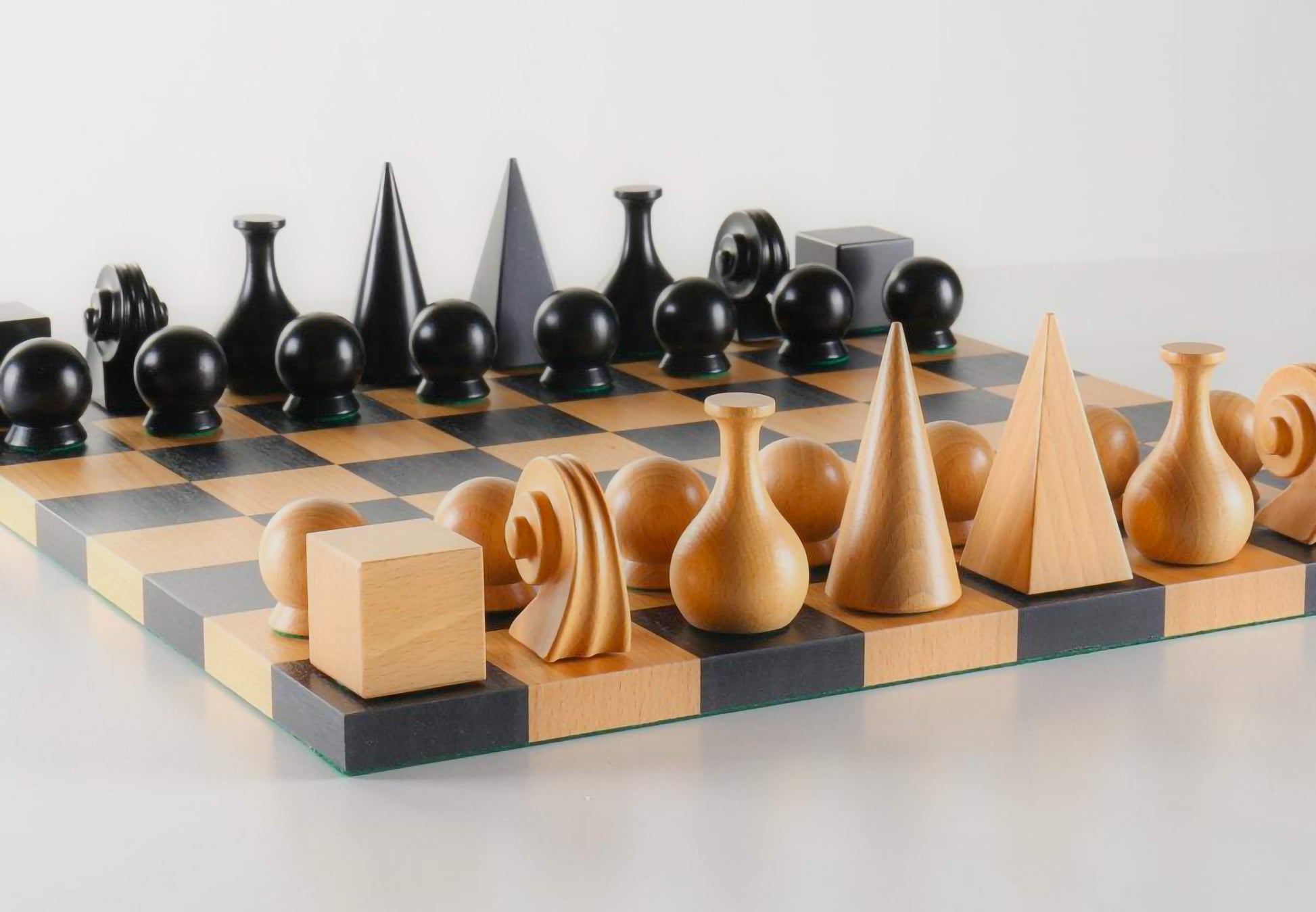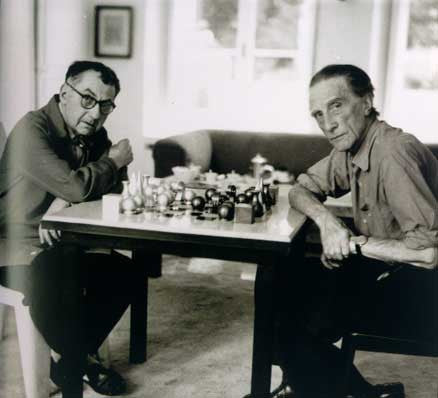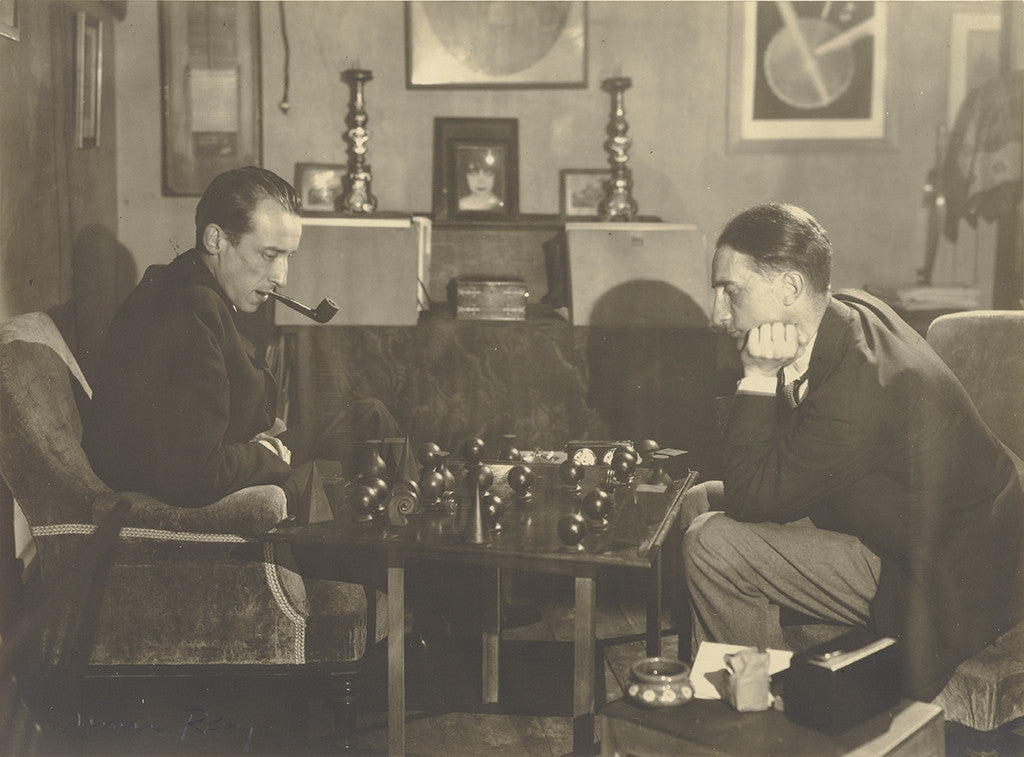IC Design
IC Design Classics - Chess Figures Man Ray
IC Design Classics - Chess Figures Man Ray
Couldn't load pickup availability
 Dadaist chess design by Man Ray,1920
Dadaist chess design by Man Ray,1920
IC Design Classics chess board sold separately
With his long career of pioneering work in painting, sculpture and photography, Man Ray (1890-1976) can readily be regarded as one of the most influential artists of the 20th century.
In this first design of his relating to chess from 1920, Man Ray abandoned all the overly classical and figurative characteristics used to identify the pieces. Instead, he composed them of the pure Euclidean geometric “ideal forms” – cube, sphere, pyramid and cone. He still made iconic associations such as the pyramid with the Egyptian symbol of kingship, the cone with medieval queen’s headgear and the flagon with the bishop’s tradition of creating exotic liqueurs and spirits. Dadaist that he was, he could not resist interjecting at least one discordant, though still elegant, element into the ensemble. He based the form of the Knight on a found object in his studio, the head scroll of a violin. Its form, too, is based on pure geometry, though it is that of the Fibonacci sequence that defines spiral growth patterns in natural forms.
This design was inspired by Man Ray's lifelong friendship with avid chess player and fellow artist Marcel Duchamp.
Licensed re-edition of IC Design in collaboration with the Man Ray Triust. Original and only existing set is in the permanent collection of the Metropolitan Museum of Art, New York.
The chess figures are made by hand of German solid beech wood in the Schwarzwald / Germany
Materials
Materials
Dimensions
Dimensions
